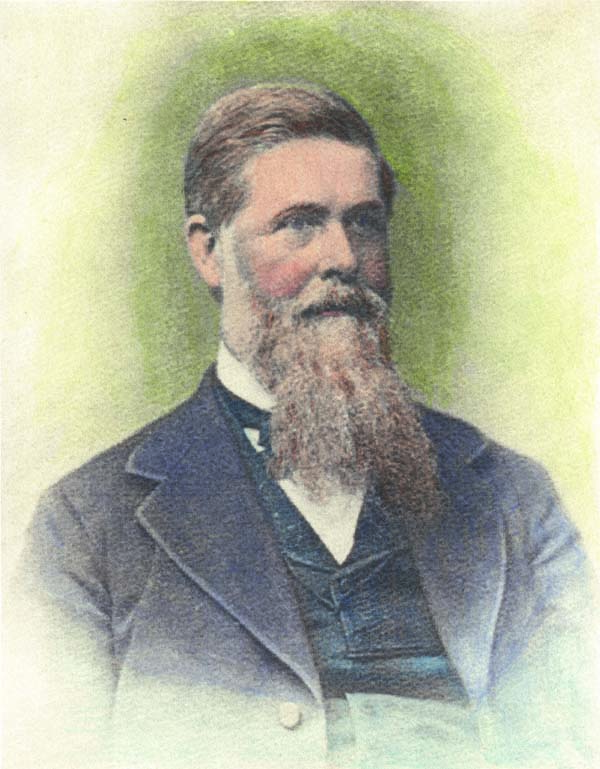Letter signed by Jay Cooke - Stock Certificate
Inv# AU1728 AutographHandwritten letter signed by Jay Cooke on Jay Cooke & Co. Bankers letterhead. Civil War era dated! Nice signature!

Jay Cooke (1821-1905) Cooke received preliminary training in a trading house in St. Louis and in the booking office of a transportation company in Philadelphia at the age of 18. He entered the Philadelphia house of E.W. Clark & Co., one of the largest private banks in the country. Three years later he was admitted to membership in the firm, and before the age of 30 was also a partner in the New York City and St. Louis branches. In 1858 he retired from the firm, and for the next three years he devoted himself to reorganizing abandoned Pennsylvania railways and canals and placing them again in operation. In 1861, he opened the private banking house of Jay Cooke & Company and quickly floated a war loan of $3,000,000 for the state of Pennsylvania. In the early months of the American Civil War, Cooke collaborated with the secretary of the treasury Salmon P. Chase in securing loans from the leading bankers in the Northern cities. He influenced the establishment of national banks and organized a national bank at Washington and Philadelphia almost as quickly as Congress could authorize the institutions.
After the war, Cooke became interested in the development of the northwest, and in 1870 his firm financed the construction of the Northern Pacific Railway. Cooke fell in love with Duluth, Minnesota, and decided he must make it successful. He began purchasing railways with the dream of reaching the Pacific to bring goods through Duluth into the Great Lakes shipping system and on to the markets of Europe. In advancing the money for the work, the firm overestimated its capital, and at the approach of the Panic of 1873 it was forced to suspend. Cooke himself was forced into bankruptcy. By 1880 Cooke had met all his financial obligations, and through an investment in a silver mine in Utah, had again become wealthy.
The Junction Railroad was chartered March 2, 1846, to build from Cleveland west to Toledo. The Toledo, Norwalk and Cleveland Railroad was chartered March 7, 1850, to build from Toledo east to Grafton on the Cleveland, Columbus and Cincinnati Railroad. The latter company opened on January 24, 1853, finally forming a continuous Buffalo-Chicago line. On September 1 the two companies merged to form the Cleveland and Toledo Railroad, with the Junction Railroad becoming the Northern Division and the Toledo, Norwalk and Cleveland the Southern Division. The Northern Division opened from Cleveland west to Sandusky on October 24, 1853, and the rest of the way to Toledo on April 24, 1855. The Northern Division was abandoned west of Sandusky due to lack of business, but the track was relaid in 1872, merging with the Southern Division at Millbury, east of Toledo. In 1866 the Southern Division east of Oberlin was abandoned and a new line was built to Elyria on the Northern Division, ending the use of the Cleveland, Columbus and Cincinnati Railroad.
In October 1867, the Cleveland, Painesville and Ashtabula Railroad leased the Cleveland and Toledo Railroad. The CP&A changed its name to the Lake Shore Railway on March 31, 1868, and on February 11, 1869, the Lake Shore absorbed the Cleveland and Toledo. On April 6 the Michigan Southern and Northern Indiana Railroad and Lake Shore merged to form the Lake Shore and Michigan Southern Railway, which absorbed the Buffalo and Erie Railroad on June 22, giving one company the whole route from Buffalo to Chicago. The main route passed through Dunkirk, NY, Erie, PA, Ashtabula, OH, Cleveland, OH, Toledo, OH, Waterloo, IN and South Bend, IN. An alternate route (the Sandusky Division) in Ohio ran north of the main line between Elyria and Millbury (not all track was laid until 1872). From Toledo to Elkhart, the Old Road ran to the north, through southern Michigan, and the through route was called the Air Line Division or Northern Indiana Air Line. Along with various branches that had been acquired (see below), the Monroe Branch ran east from Adrian, MI to Monroe, where it intersected the leased Detroit, Monroe and Toledo Railroad. At some point the original line to Toledo was abandoned west of the branch to Jackson, MI (Palmyra and Jacksonburgh Railroad), with the new connection at Lenawee Junction, the crossing between that branch and the line to Monroe.











Ebay ID: labarre_galleries